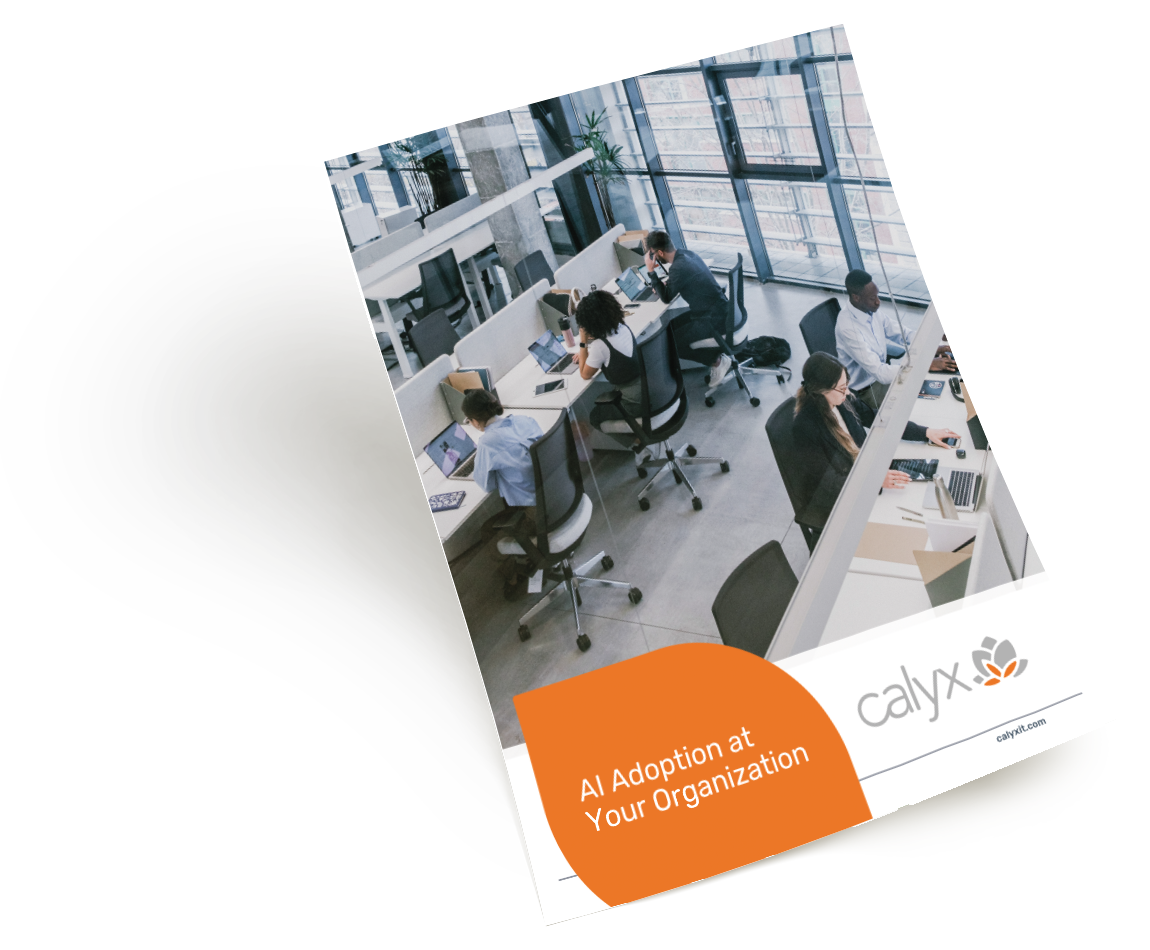As the digital landscape continues to evolve, so do cyber threats, becoming more sophisticated and frequent. No business—regardless of size—is immune to these risks. One of the most effective defenses against such threats is Multi-Factor Authentication (MFA). In this post, we’ll explore what MFA is, why it’s essential for safeguarding your business, and how to select the right solution.
What is MFA?
Multi-Factor Authentication (MFA) is a security protocol that requires users to present multiple forms of verification before they can access a system or application. Unlike Single-Factor Authentication (SFA), which relies solely on one factor (usually a password), MFA incorporates multiple elements such as:
- Something you know (like a password)
- Something you have (such as a token or smart card)
- Something you are (a biometric identifier like a fingerprint or facial scan)
Why MFA is Critical Today
Passwords alone are increasingly unreliable. They can be guessed, stolen, or compromised in data breaches. MFA adds an extra layer of security, ensuring that even if one factor is compromised, unauthorized users still can’t access your systems. By incorporating multiple verification factors, MFA greatly reduces the likelihood of cyberattacks like phishing, credential stuffing, and brute-force attacks.
Types of MFA: From 2FA to 3FA and Beyond
MFA comes in various forms, the most common being Two-Factor Authentication (2FA) and Three-Factor Authentication (3FA).
- 2FA involves two levels of security, typically a password and a physical or biometric factor.
- 3FA introduces a third layer, offering even more security, but it’s less commonly used outside high-security environments.
The factors can include:
- Knowledge-based (passwords, PINs)
- Possession-based (tokens, smart cards)
- Inherence-based (biometrics)
2FA has become widespread, especially for sensitive applications like banking, email, and cloud services.
How MFA Works
When MFA is implemented, users must provide more than one verification factor to access a system. For example, after entering a password, a user may also need to verify their identity via a fingerprint scan or a code sent to their mobile device.
MFA can be integrated in various ways, including:
- Hardware tokens (e.g., key fobs)
- Software tokens (authenticator apps like Google Authenticator)
- Biometrics (fingerprints, facial recognition)
Some systems also incorporate location-based authentication, which limits access to users in specific geographic locations.
The Business Benefits of MFA
Implementing MFA offers a host of advantages, including:
- Enhanced Security: By adding more layers of protection, MFA significantly reduces the risk of unauthorized access.
- Reduced Data Breaches: MFA makes it harder for attackers to compromise sensitive data, protecting your company’s reputation.
- Regulatory Compliance: Many industries require MFA to meet standards like GDPR, HIPAA, or PCI-DSS.
- User Confidence: While MFA may seem like an inconvenience, it actually fosters greater trust by ensuring users that their data is safe.
Debunking Common MFA Myths
- “MFA is too complex”: Modern MFA solutions are designed with user-friendliness in mind, making the process straightforward for both employees and clients.
- “MFA is too costly”: Affordable MFA solutions are widely available, making it accessible to businesses of all sizes.
- “We don’t need MFA”: Cyber threats evolve constantly. Even businesses with solid security measures should adopt MFA to stay ahead of potential breaches.
Best Practices for Implementing MFA
To make MFA implementation seamless and effective, consider these best practices:
- Choose the Right Solution: Assess your company’s specific needs, budget, and security goals to select the best MFA option.
- Employee Training: Educate your staff on the importance of MFA and how to use it.
- Monitor Usage: Track who uses MFA, when, and how often to ensure it’s being properly implemented.
- Regular Updates: The cyber threat landscape changes constantly. Review and update your MFA protocols regularly to maintain top-notch security.
Selecting the Right MFA Solution
When choosing an MFA solution, keep the following in mind:
- Cost: MFA options vary, so find one that aligns with your budget without compromising on security.
- Ease of Use: Look for a solution that integrates easily into your existing systems and is intuitive for users.
- Security Level: Ensure the solution can defend against the latest cyber threats.
- Scalability: Opt for an MFA system that can grow with your business as your security needs evolve.
MFA is Essential for Modern Cybersecurity
Multi-Factor Authentication (MFA) is no longer optional. It’s a critical component of a robust cybersecurity strategy. By requiring multiple forms of identification, MFA provides an additional barrier against cyber threats, ensuring your data and assets are secure. When selecting an MFA solution, choose one that fits your business’s needs and follow best practices for effective implementation. Stay proactive in your approach to cybersecurity, and protect your company’s future with MFA.
Are You Ready For AI?
Adopting AI is a transformative technology that increases productivity, streamlines data analysis and so much more. Our AI Adoption Guide helps you determine if your team is ready for this tool and dives deep into how to implement AI, how to avoid common mistakes and much more.
Download the guide now to see the benefits of AI in action at your organization.


